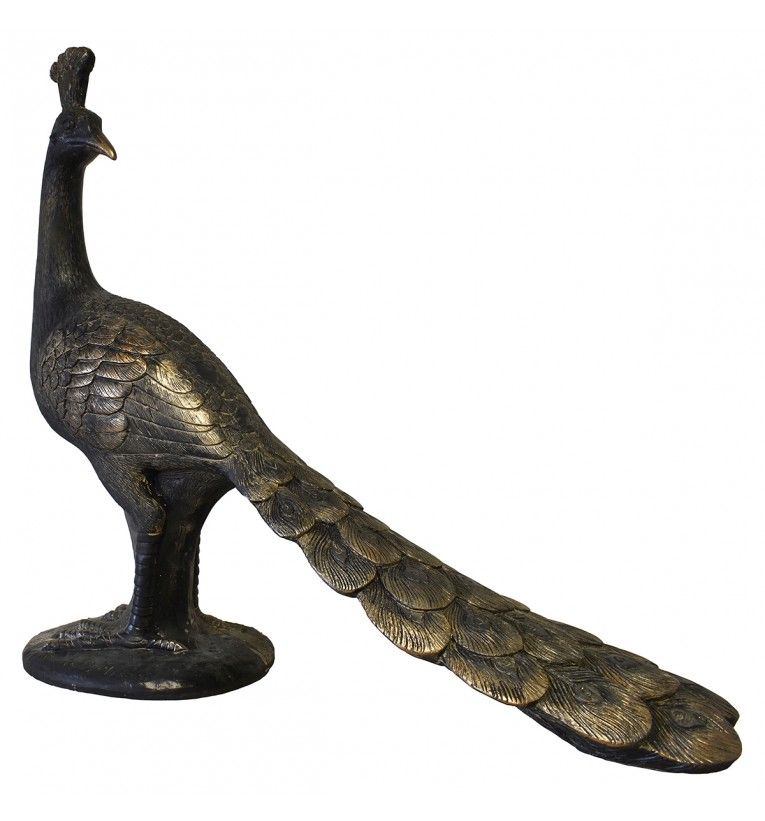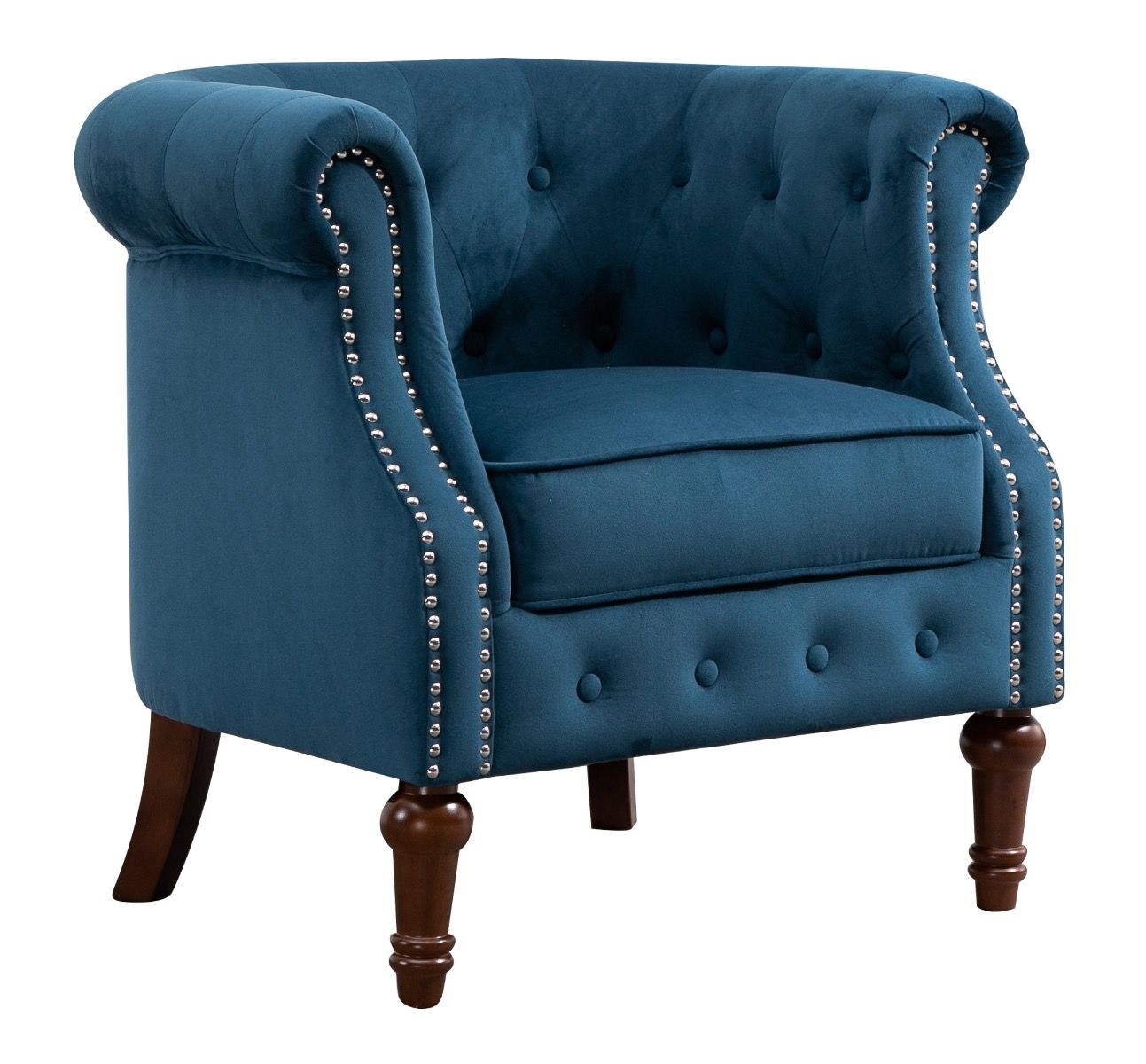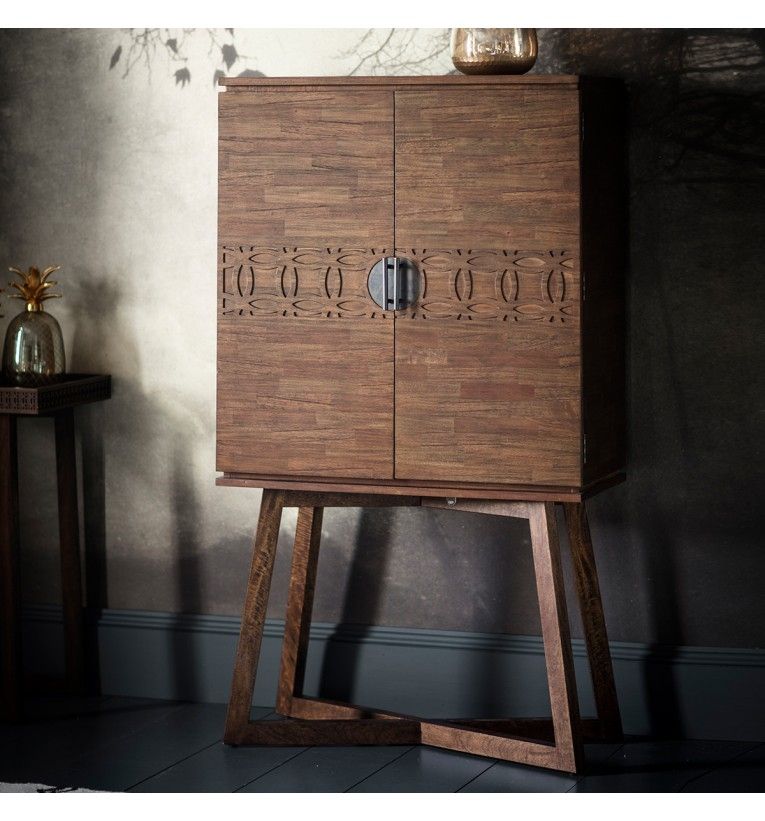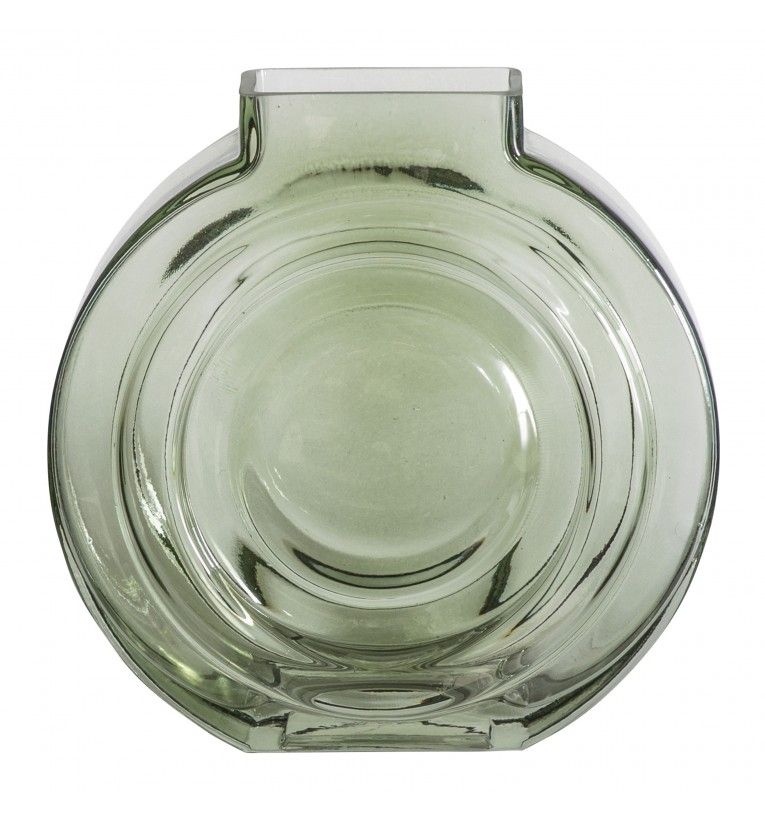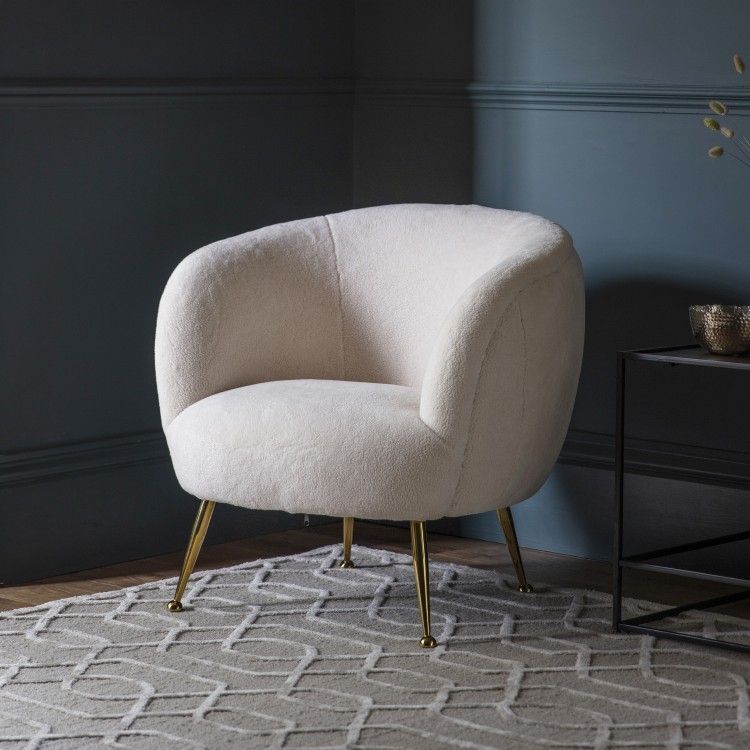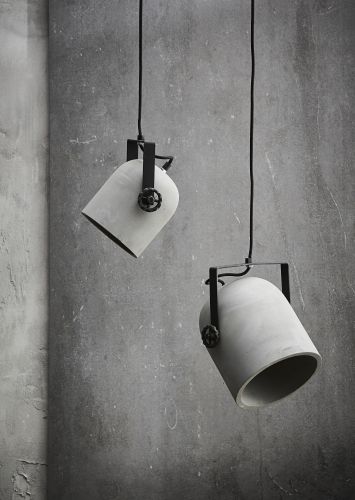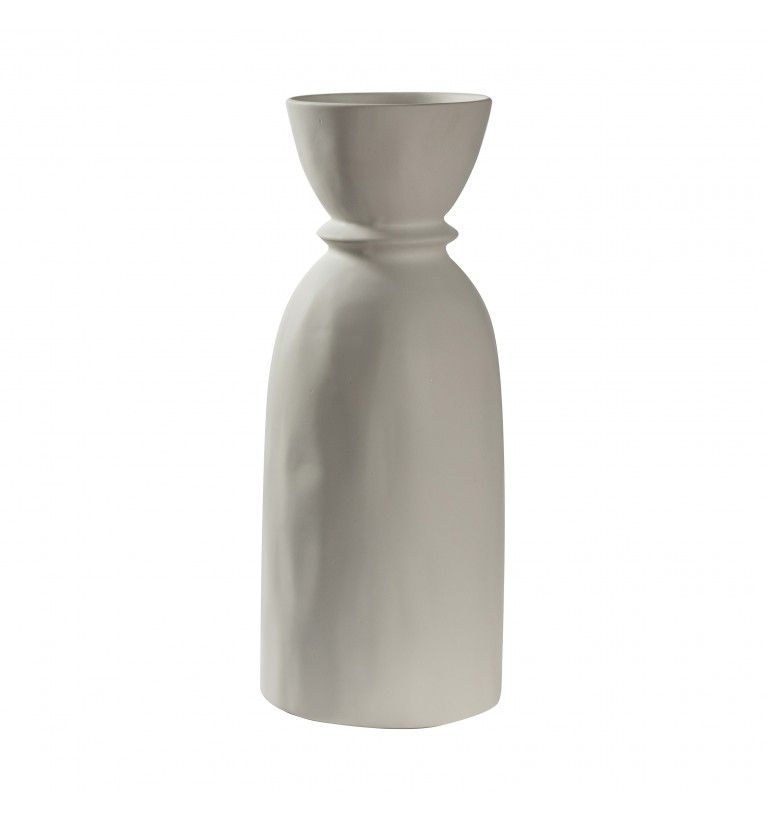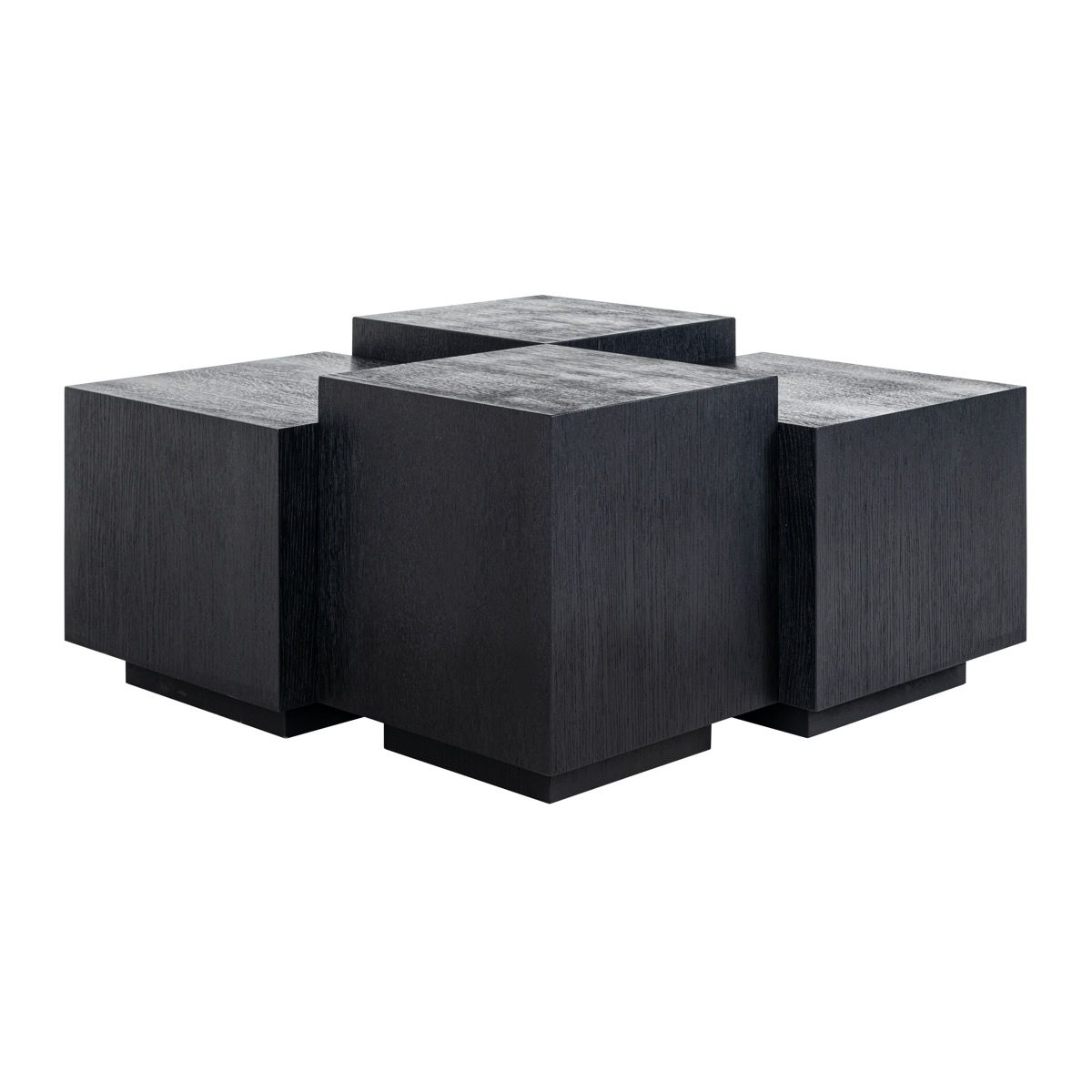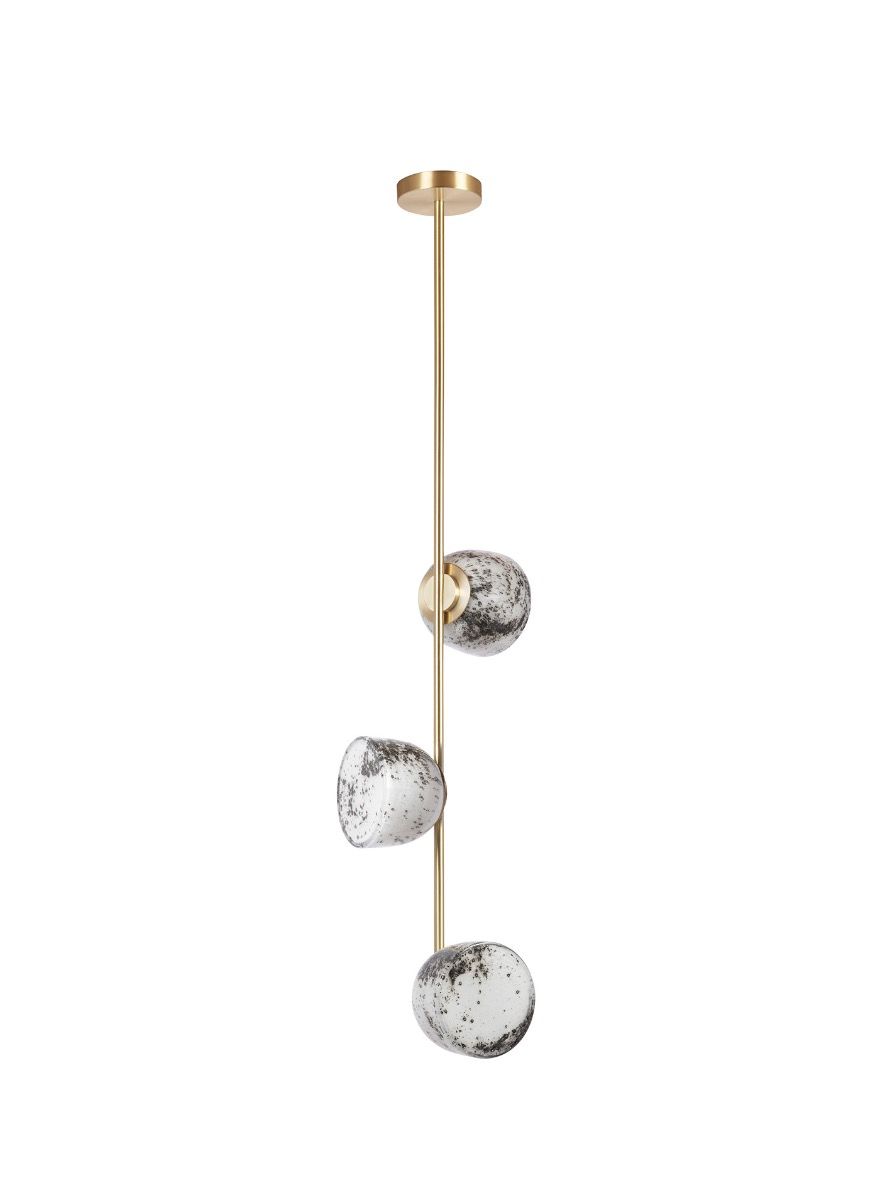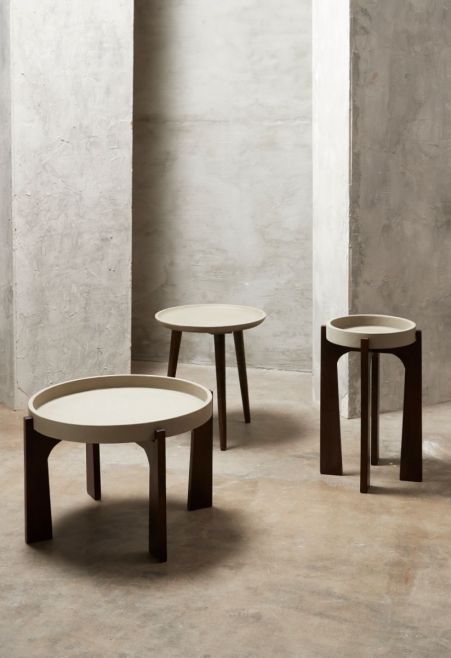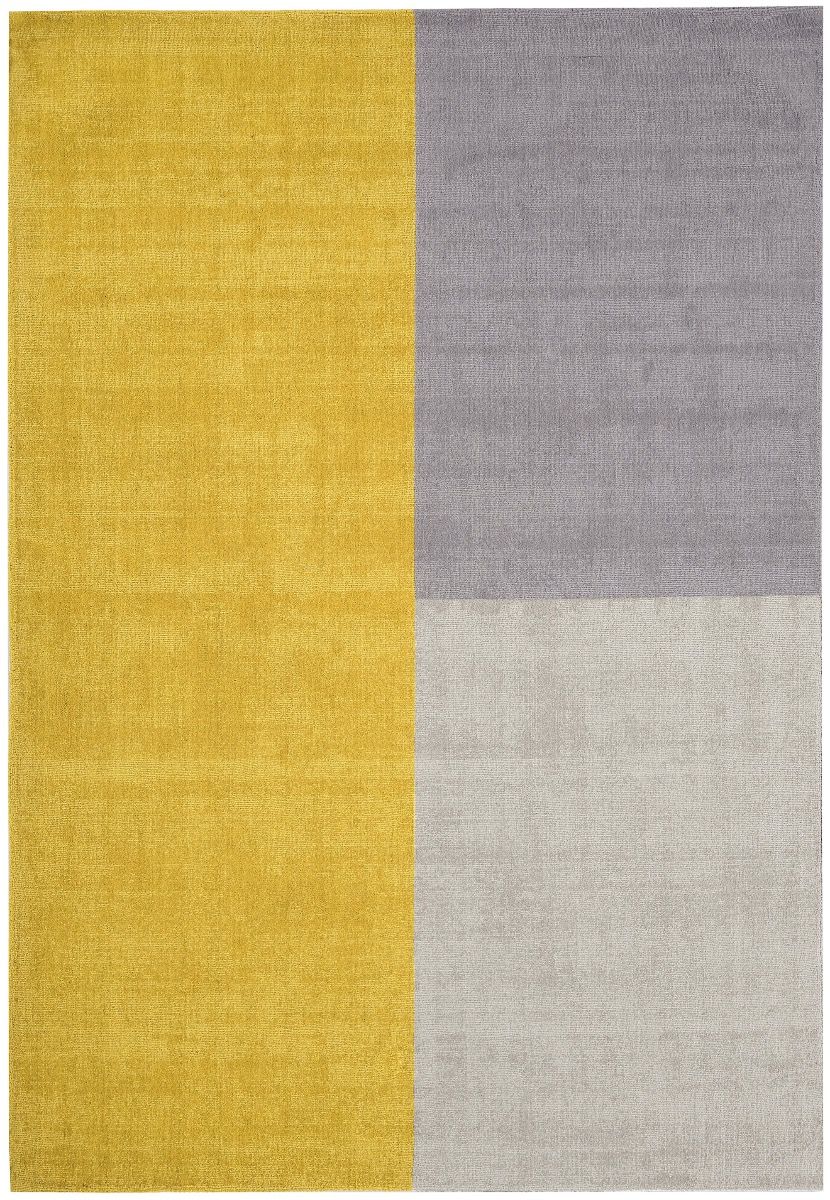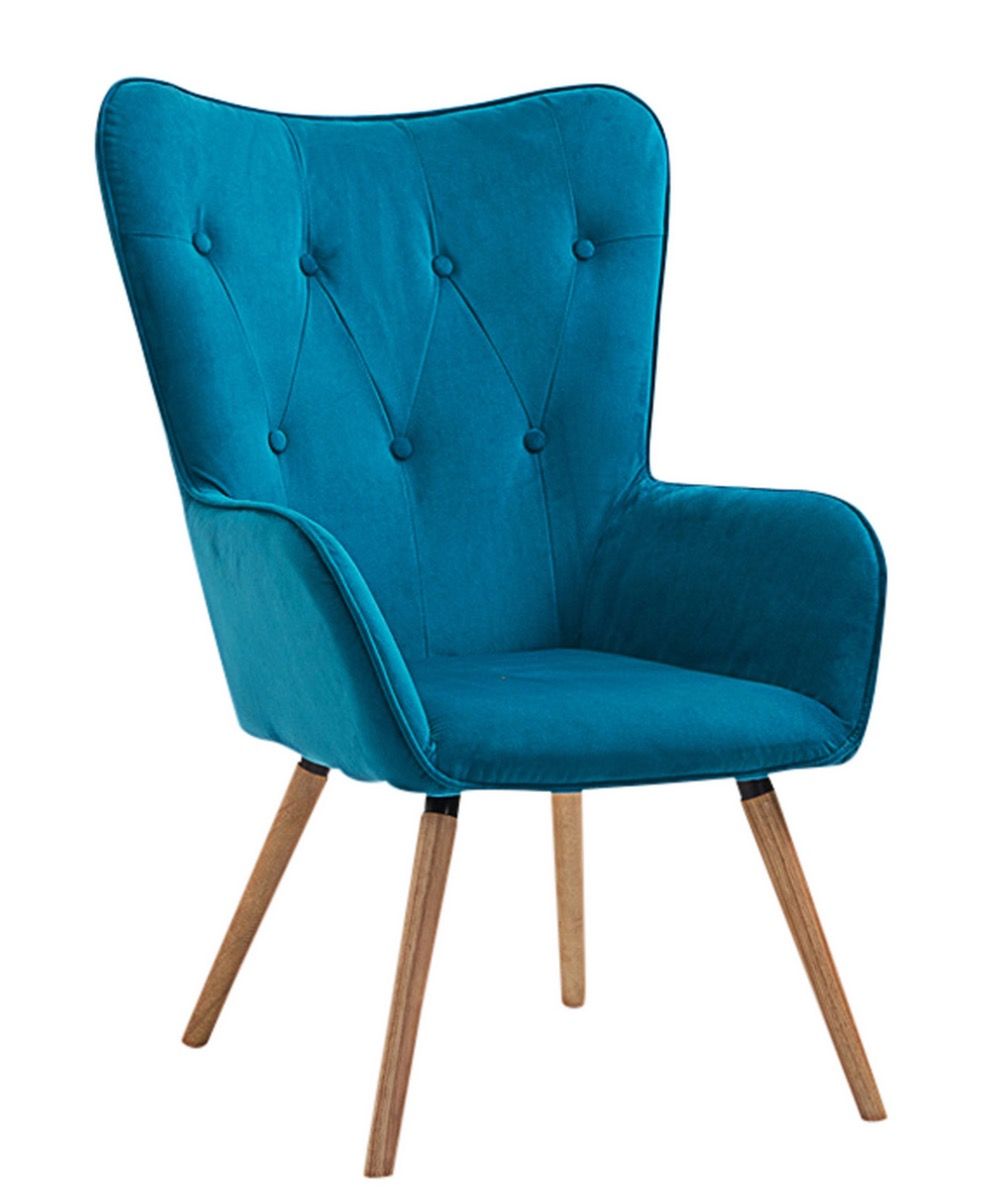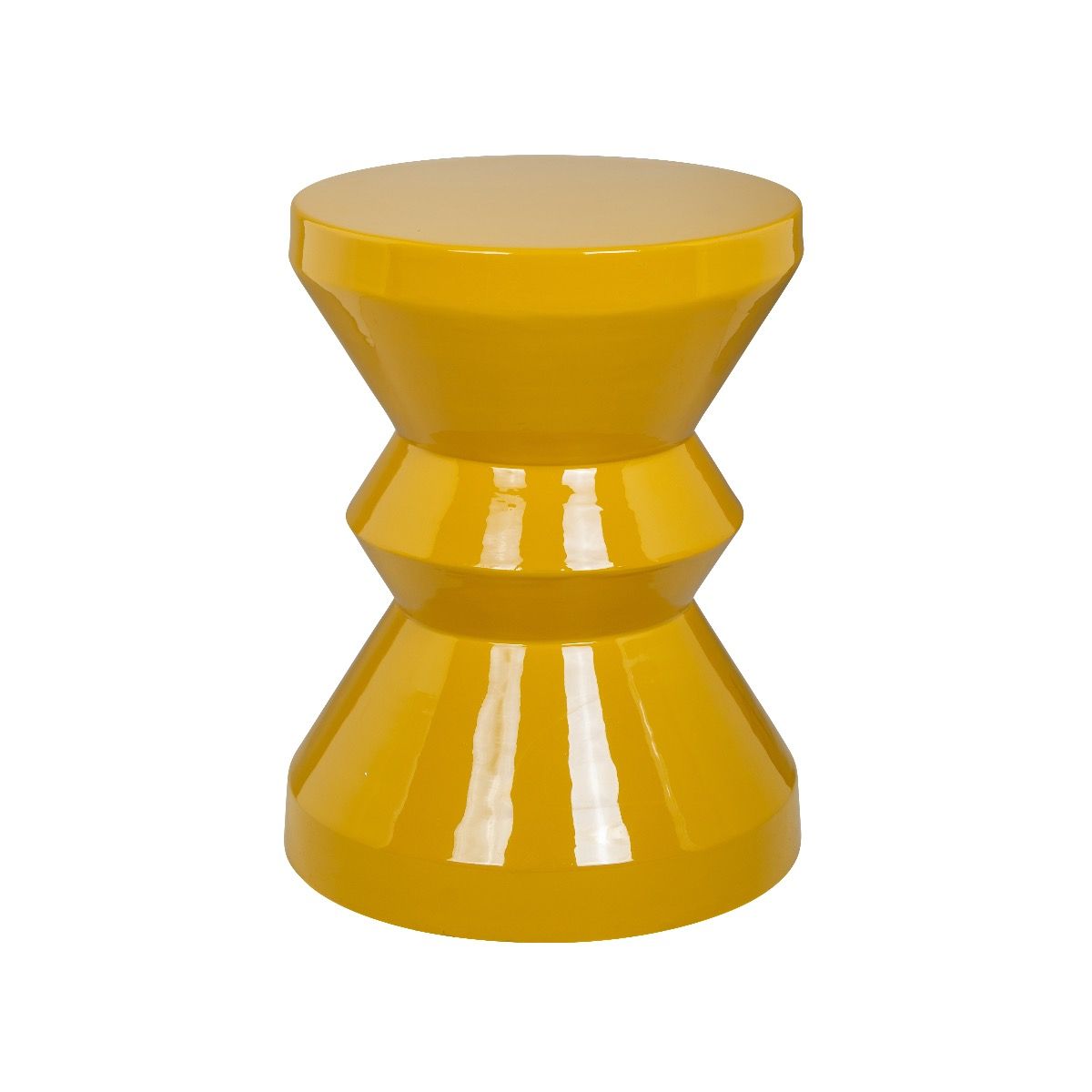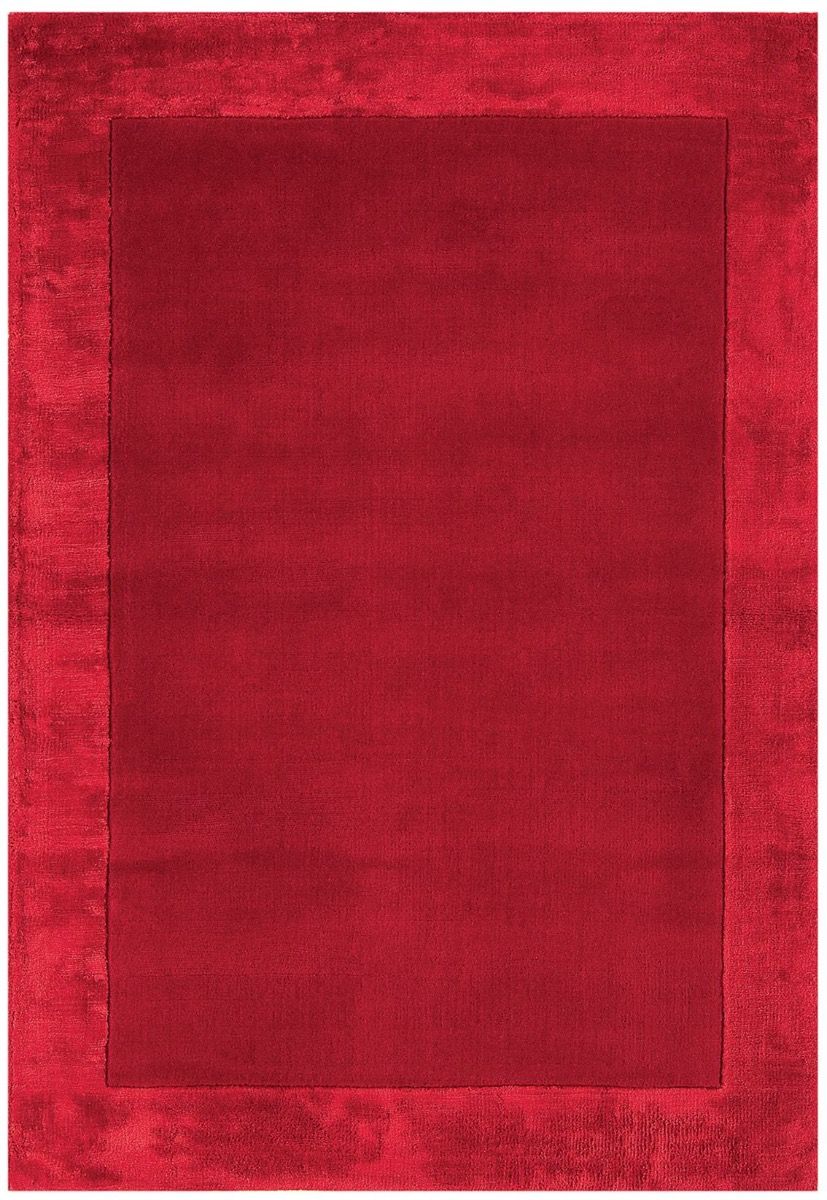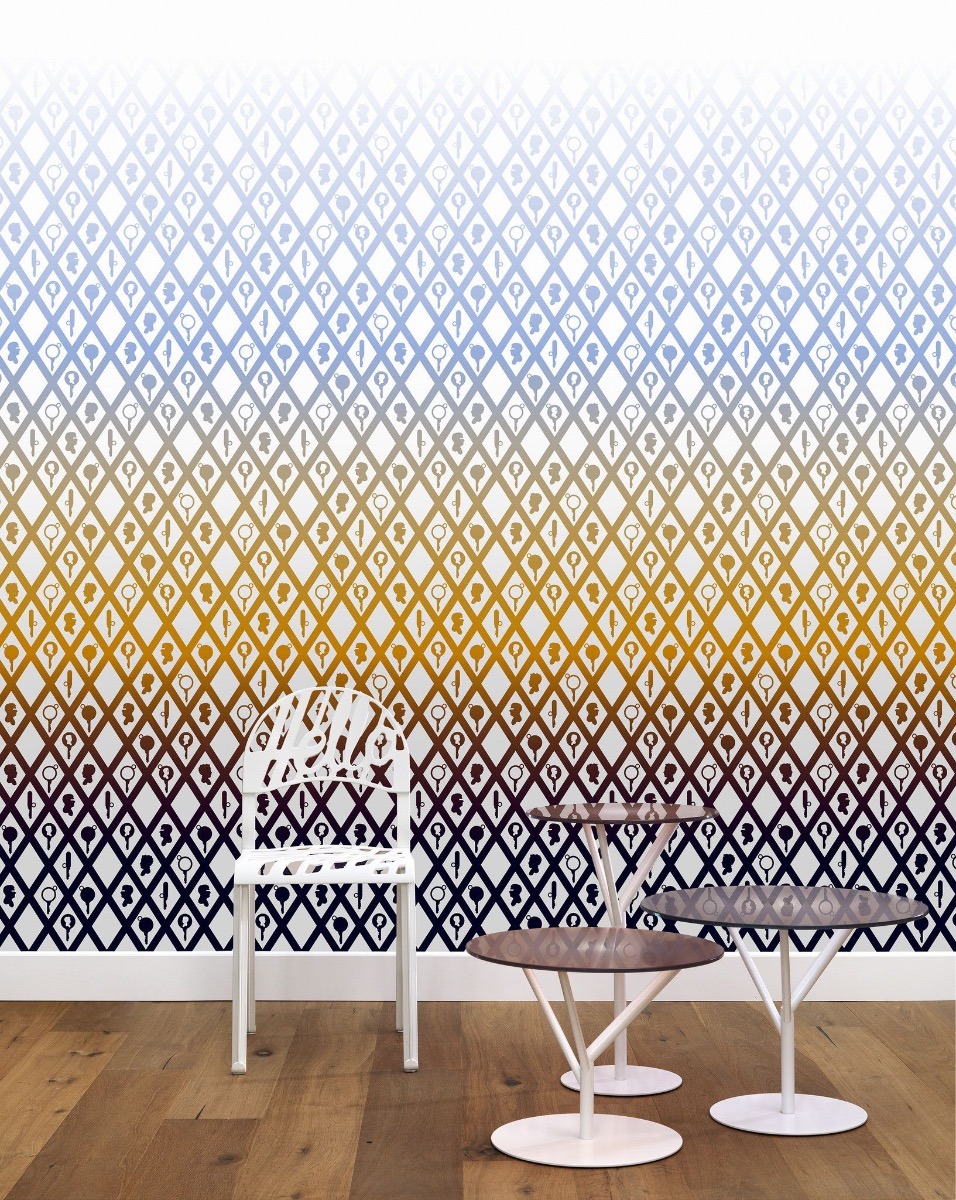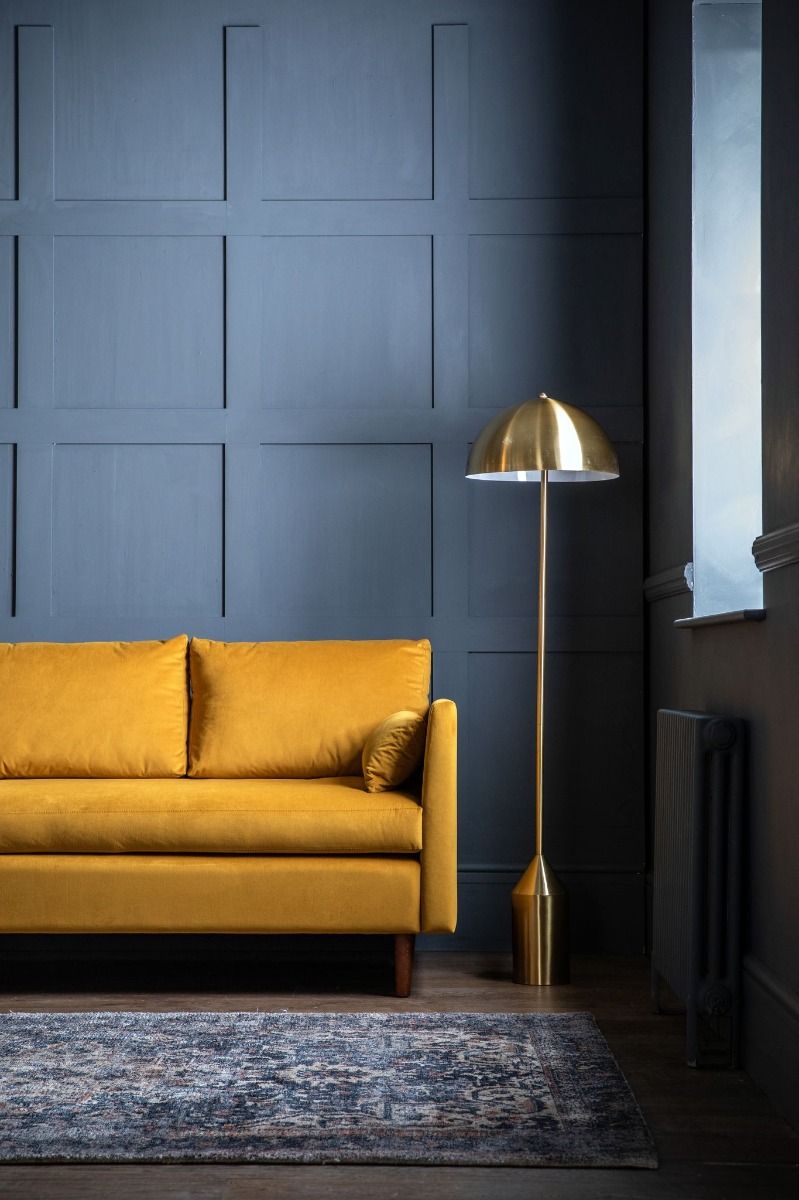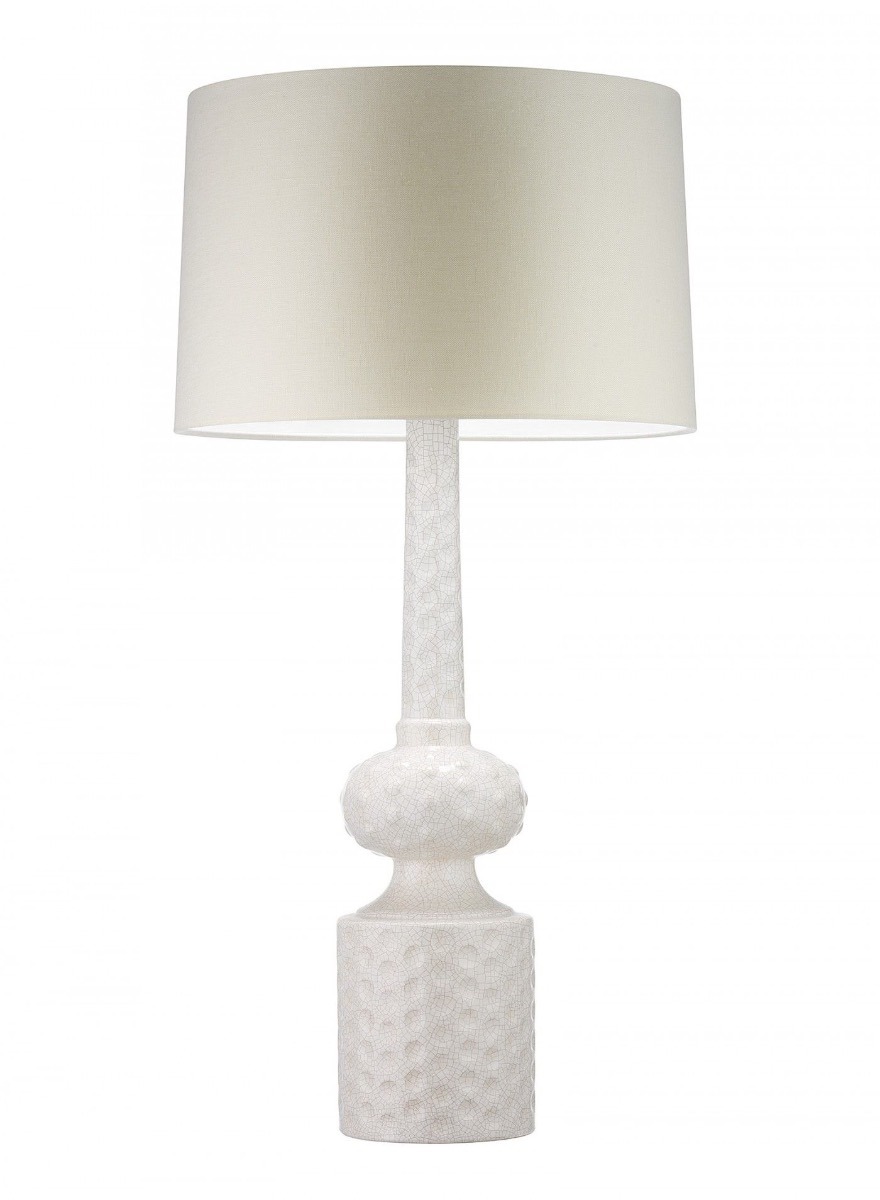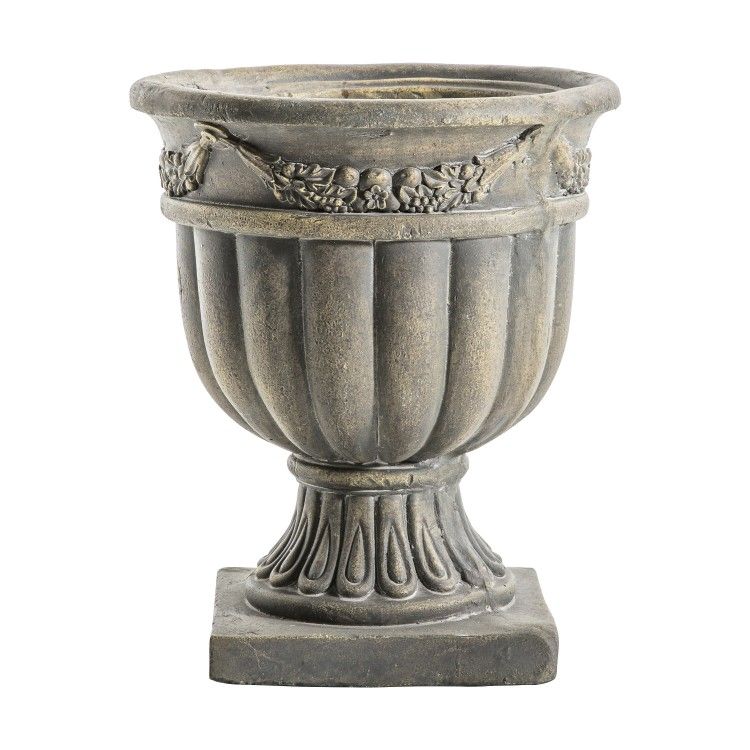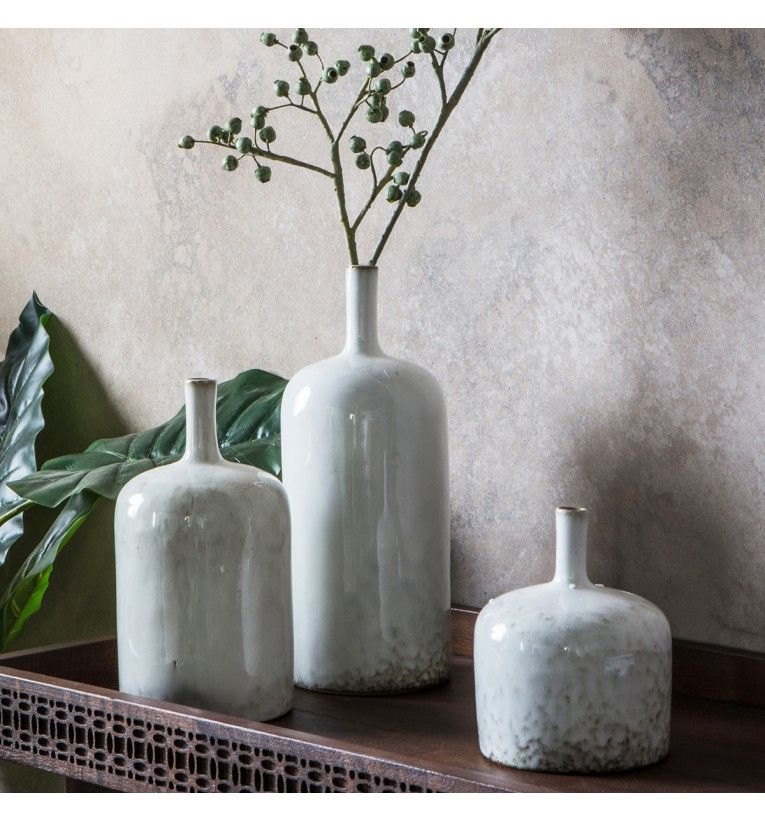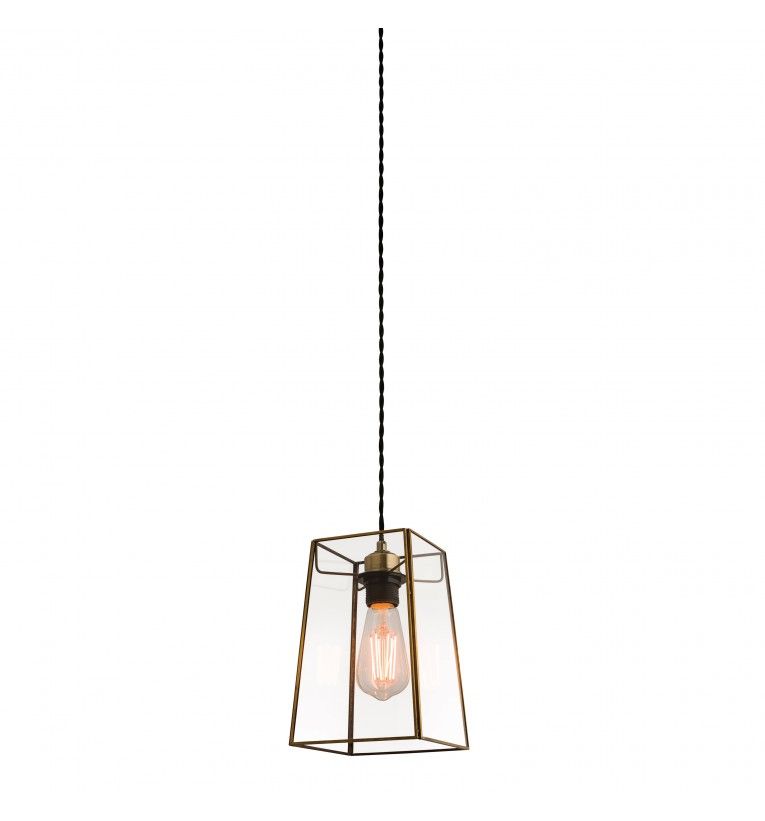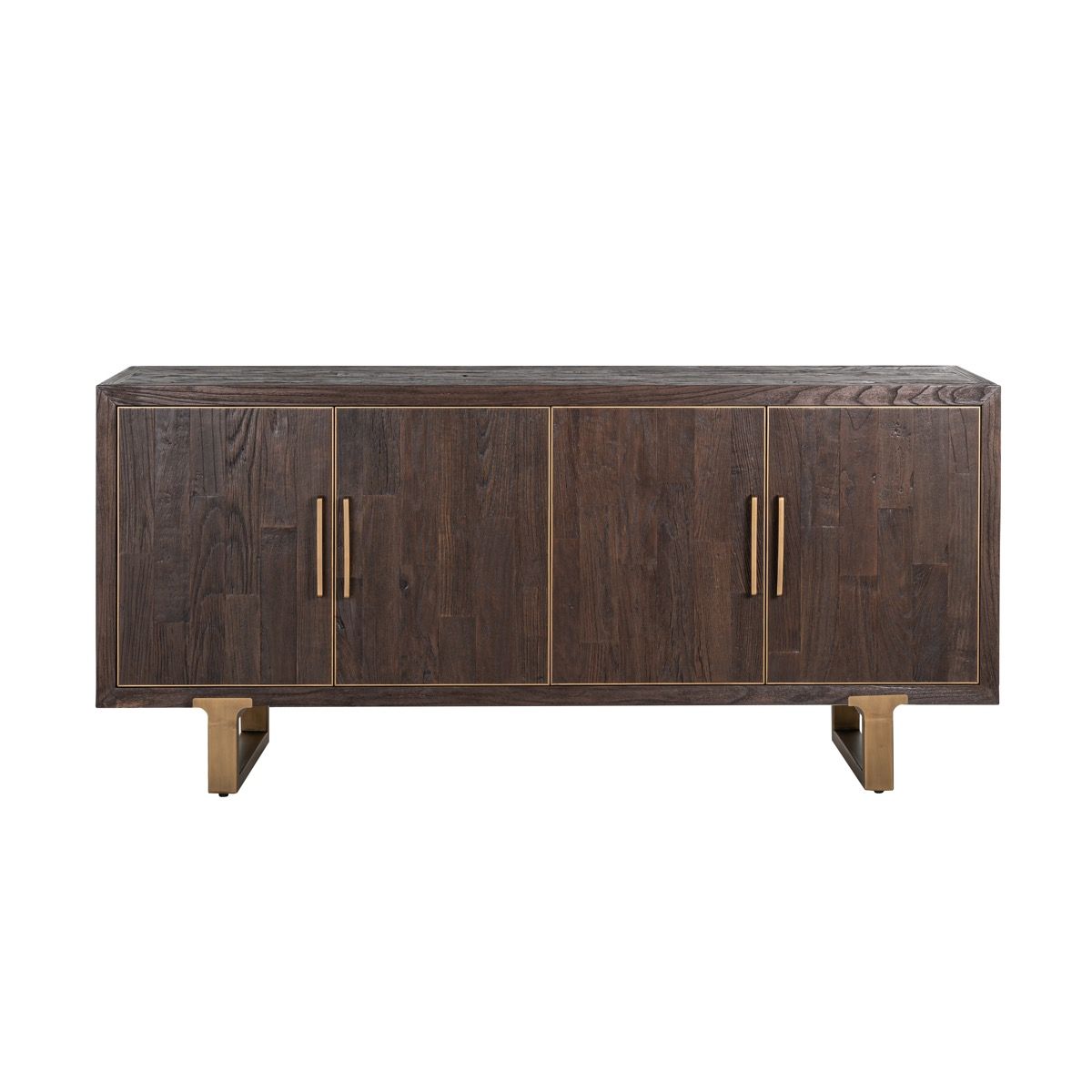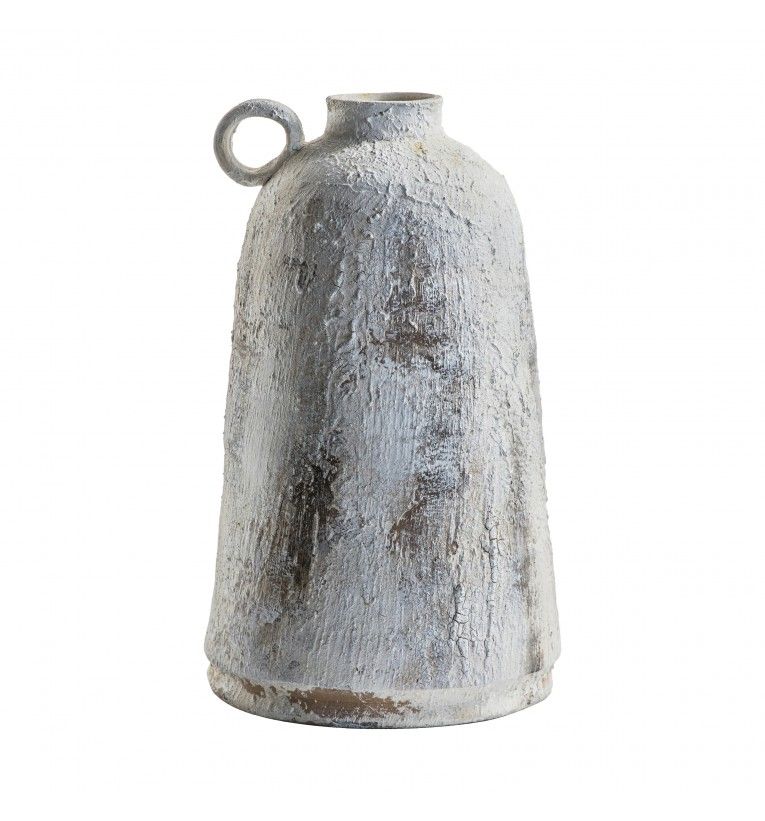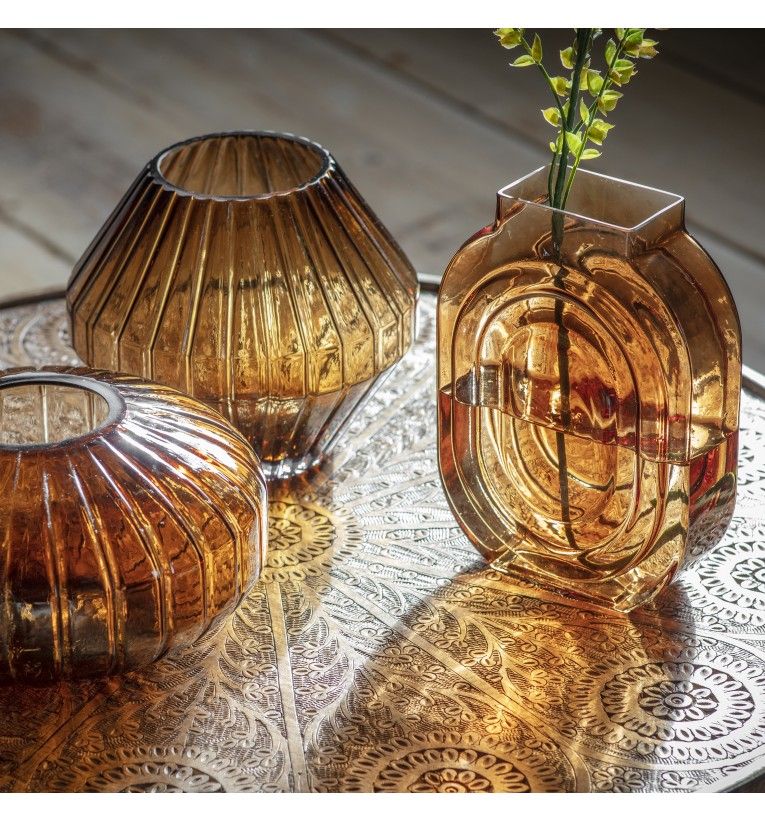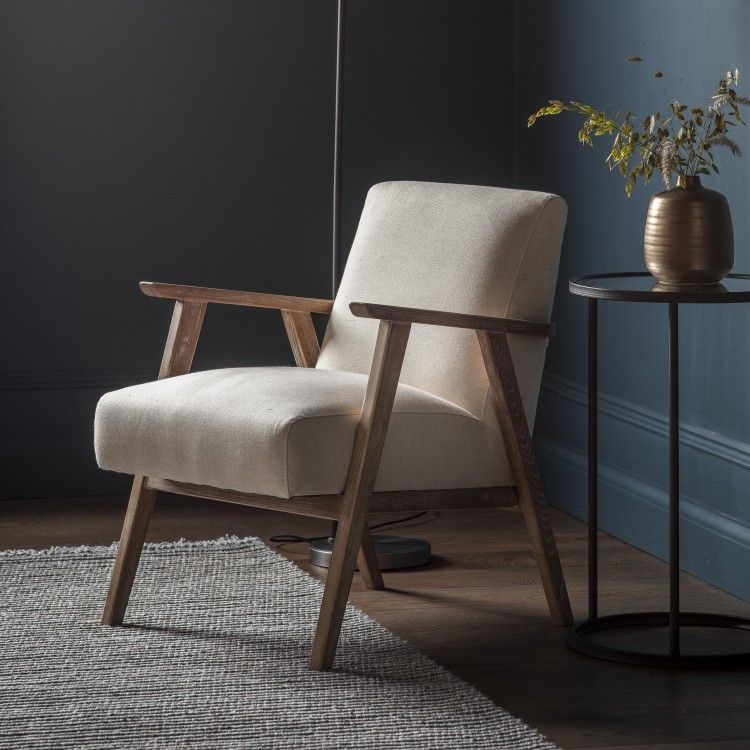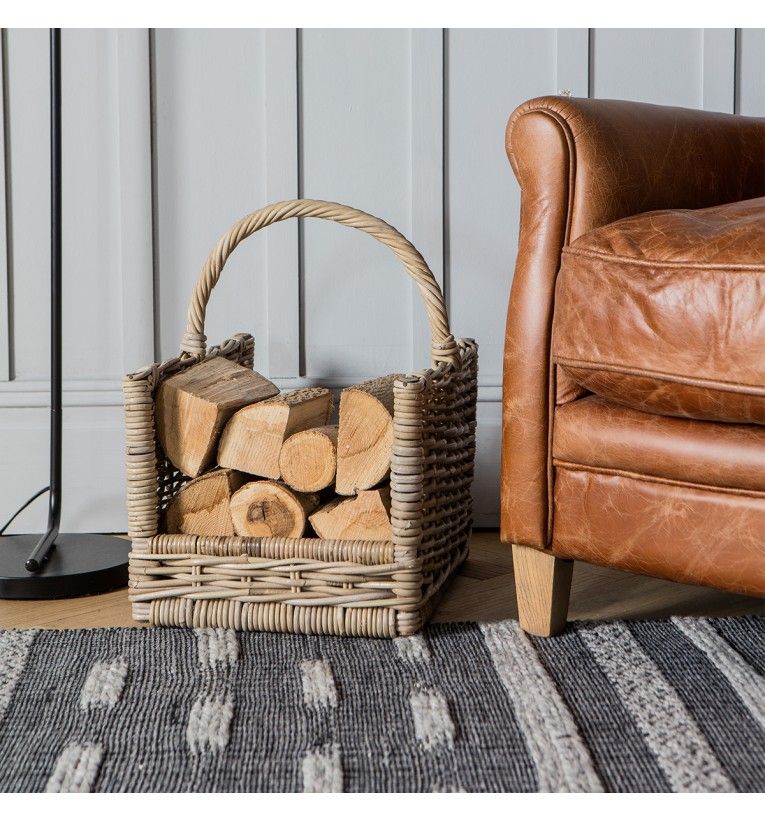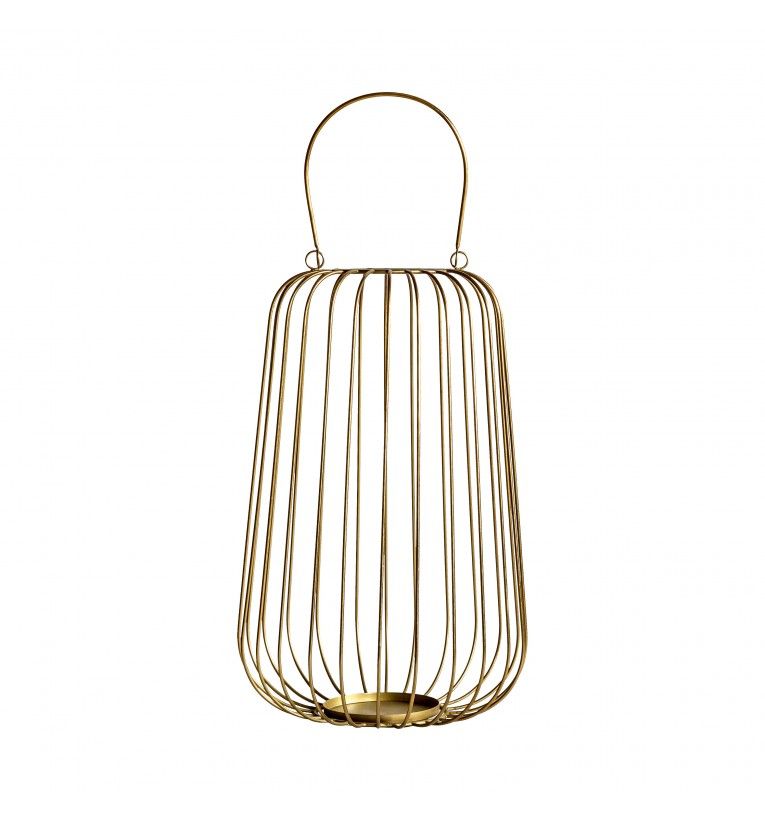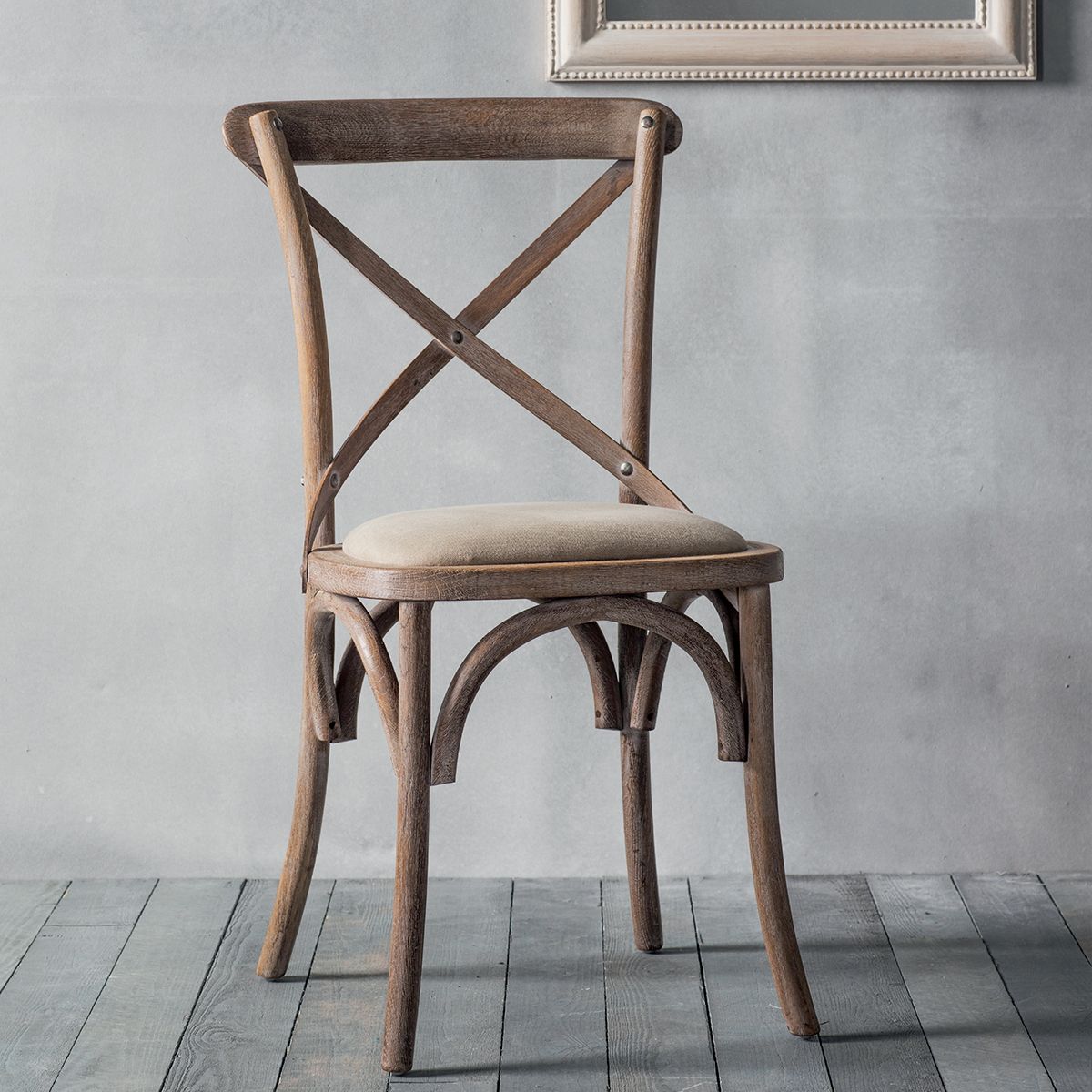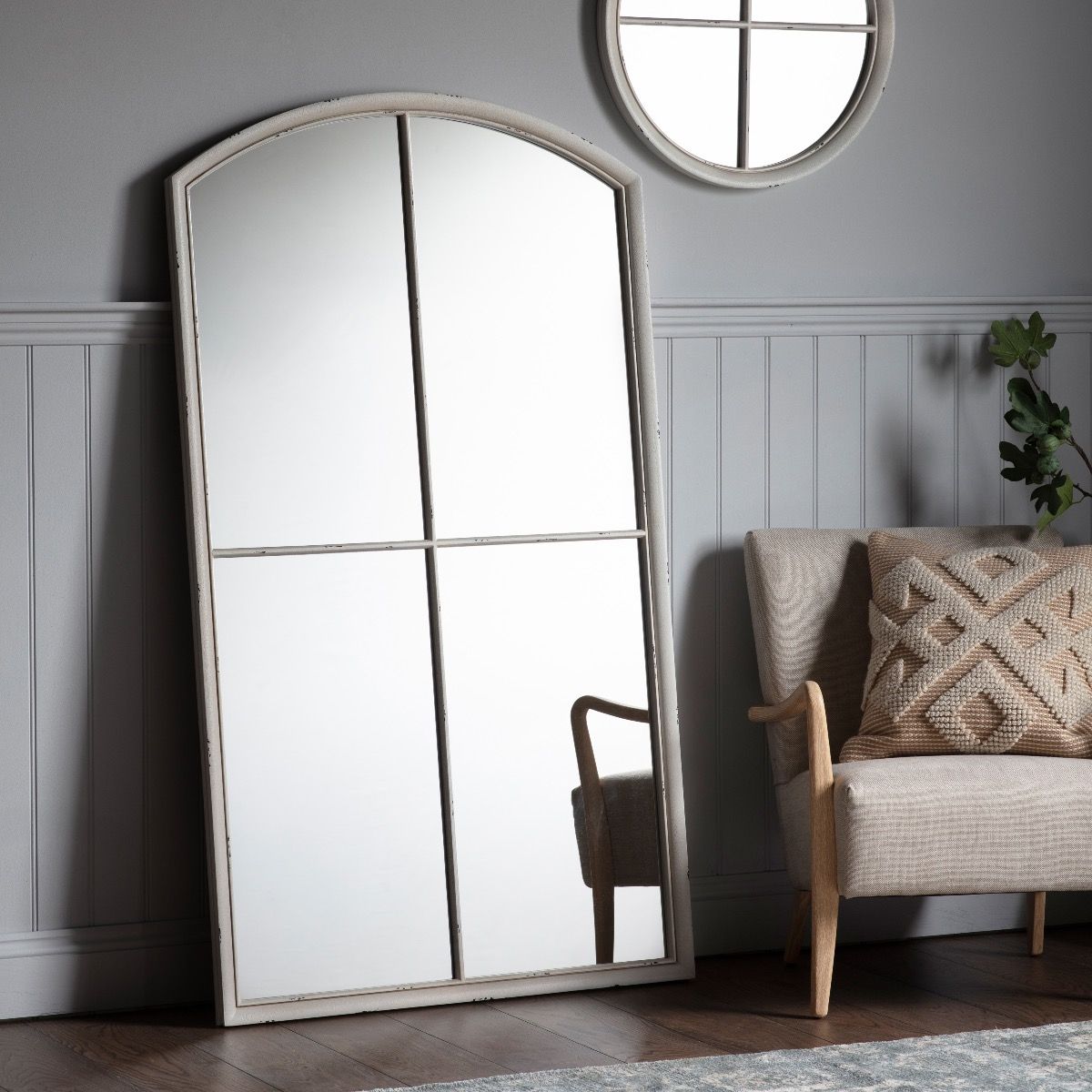Edition 5 | AW21 Edit
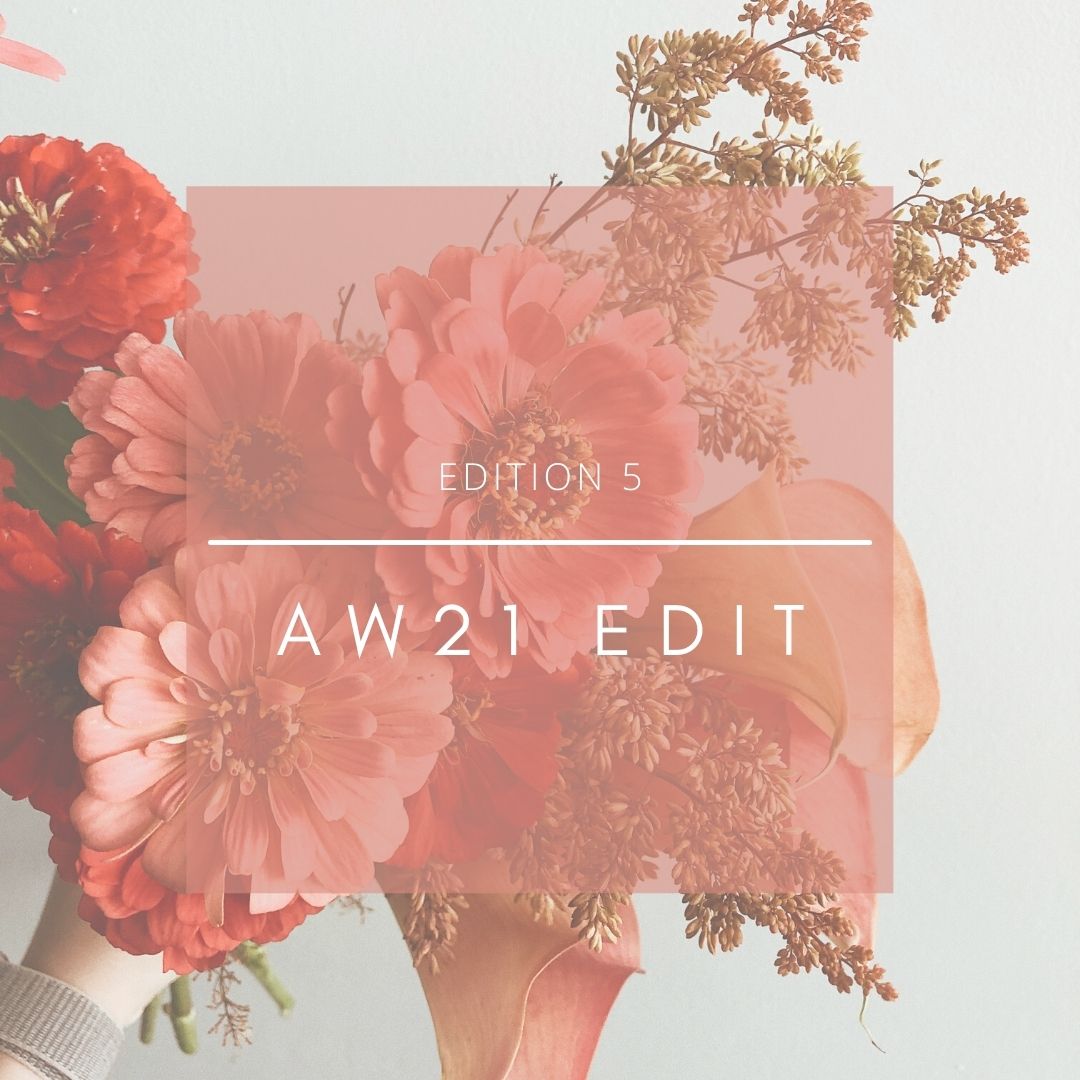
A meritable effort has been made in the interiors space to navigate autumn/winter trends towards post-pandemic ways of living, as we sail out of the gloomy waters of lockdown and head towards brighter horizons. Compelled to reconsider how we use the space within our humble abodes, the product design sector is now placing a concentrated emphasis on ergonomic furniture that fully supports the eventuality that will continue to see our own four walls more often. Fully functional and designed with a plethora of living situations in mind, flip-down furniture and inventive storage solutions are a key movement in the industry for AW21 (and beyond). Simple static entities are outmoded - furniture now forms part of the structure of our homes and shifts from the floor space to the wall space – integrating with the shell that encapsulates our daily lives and the various activities, roles and responsibilities that come with them.
Staying home to entertain, work and live has become an immeasurable probability and, with many of us now familiar with this way of living, we are assiduous in adapting our living spaces to our tastes; championing the return of personal authenticity over fully trend-led schemes - creating niche pockets of core movements by injecting measures of individualism and imagination. We are our own sources of inspiration and it may have taken us many months of being alone with ourselves to arrive here, but this new objective is here to stay.
Maximalism
For lovers of all things colourful and kaleidoscopic, the maximalist look channels the eclectic bohemian spirits of the Bloomsbury Group artists. Described as “an elite hangover of late nineteenth century bohemia”, these artists were intellectual and innovative; contributing significantly to the dissolution of the barrier between art and design. Popularised in textiles, pottery and furniture, the Bloomsbury Group’s style was impressively experimental; taking their paint off the canvas. A driving influence behind this season’s maximalism trend, Bloomsbury style is centred around transformation – upcycling, adorning and embellishing everything in the home.
More is absolutely more in this trend and, since the Bloomsbury trend drew artistic inspiration from all of the decorative art styles of the early twentieth century, the world of print and pattern is your oyster and no ornamental combination is off limits. Eclecticism is the loud and proud hero that gives us the excuse to envelope ourselves with all our favourite things, old and new, to re-create the domineering trend of AW21.
Recreate the look:
Upcycle furniture by painting folksy motifs in whimsical colours on cabinet doors, for an ultra-bohemian accent; or adorn walls with swarthy floral-patterned wallpaper that airs just on the right side of macabre. Layers of glass and brushed metal accessories highlight the alchemy of the trend - set against soft furnishings in delicate lace and sumptuous crushed velvet in a rainbow of incandescent jewel hues, for an authentic air of early twentieth century mysticism and romance.
Sculptural Furniture
Building a surreptitious sense of opera, sculptural furniture imitating elemental forms with shapely organic silhouettes offers a calm focal point, developing a quiet drama in muted neutral decor schemes. Curvatures, contours and inflated cylindrical shapes characterise installation-worthy pieces of furniture and add an inconspicuous sense of Biophilic design into the home. With natural forms as the key muse to this trend, and a bias for natural materials, further predicates our hunger for all things organic and outdoors.
Exciting those with an artistic eye, chiselled furniture and crafted lighting is the ideal trend for schemes that favour form and detail over frill and overt drama. Self-expression is impressively evident in considered curations of shapely furniture and hand-rendered lighting installations, crafted from raw materials like cement and mottled blown glass. Proving that beautiful can be useful, outsized curvatures of upholstery and unrefined textures of concrete lamp shades offer a distinct nod to conceptual art styles of the late twentieth century.
Recreate the look:
Whilst the trend champions neutral aesthetics and evokes an air of minimalism, layering is key. Subtle details blend to create illusion and the seeming simplicity of the pieces is transient – the devil is in the detail and the sculptural specifics transform even the most minimal of spaces into a game of spot the difference. The eye is defied, and the look seems to constantly evolve. Dusky neutral fabrics adorning curved upholstery pieces are key, alongside unrefined concrete lighting. Layering materials adds depth and is key to nailing this mesmeric trend. Lovers of pottery and ceramics rejoice as grouping pieces together is an inexpensive approach to adding the essence of this trend to a neutral interior.
Primary Colours
Bold, bright and beautiful, this trend is duplicitous as a cultured artistic movement that also awakens the playful child in all of us. The essence of the trend is a curated combination of two primary colours, offset against a neutral palette. Abundant character is centre to this playful directive that balances a perfect ratio of juvenile frivolity with cutting-edge design. Bold, vibrant colours invoke innocent nostalgia and adorn furnishings in atypical shapes for added artistic appeal.
With the fair assumption that this trend was born from Pantone’s colour of the year – a subtly acidic shade of yellow, somewhere between canary and lemon – the trend transitions perfectly into the trend-forecasting powerhouse’s predictions for 2022. Effervescent and light-hearted, the thirst for primary colours is a seamless transition into the tender colour trends that are to come in 2022.
Recreate the look:
A single statement piece is the perfect homage to the trend if you are a little colour shy and prefer a pop of colour rather than a full feature. If you crave all things chromatic, pick two of the primary colours and pair pieces in that combination – lamps, ceramics, wall art and decoration are all easy places to start and pair up. For a bigger impact, take the palette to a larger scale with a statement upholstery piece, full-sized rug or furniture with a bold primary shade of lacquer.
Rustic Vogue
Possibly the most affable of all the key trends this season, the aptly dubbed Rustic Vogue is a warm nod to the rustic memories of days gone by, injected with a good dose of modernist chic. Ideal for anyone who loves home comforts but aberrates away from the trend rule book by adding their own unique spin on the scheme; Rustic Vogue is the trend that you are already unconsciously participating in. Working especially well in niche homes with obscure structural details or idiosyncratic periodical particulars (such as exposed beams, panelled walls and antiquated hardwood floorboards); this look is easily translatable in modern abodes and can be re-created with a considered balance of old and new pieces that work synergistically. At the heart of the trend are reclaimed materials, with recycled wood composites favoured for coffee and dining tables – look for unique pieces that exhibit plenty of grain, as well as a generous dose of organic texture for a salute to Biophilic design.
Recreate the look:
Seeking out pieces that are reclaimed and raw in appearance are favourable over refined, polished pieces. Pairing with modern sculptural accessories and minimalistic furnishing pieces - such as sofas and armchairs – are key to accomplishing this look.
Cottagecore
Nourishing our need for comfort, Cottagecore is the ultimate in nostalgia and is here to stay. The little sister to Rustic Vogue, this trend is more simplified in both message and aesthetic. Paying homage to tradition and quintessential country style, the movement is largely characterised by gingham and ditsy florals textiles and wall coverings, ornate oak furniture and plump, unctuous upholstery pieces in natural materials with a gentle organic colour palette. Although the trend is simplistic in its origins, it has room for compromise and is sympathetic to pieces from other trends. Think mid-century style armchairs in neutral colours and unrefined wooden frames, adorned with chunky knitted throws and cushion covers in organic materials with a naturally chromatic palette.
Recreate the look:
Although it started off simplistic, Cottagecore can be mixed with touches of glamour to for a luxe angle on tradition. Elegant vintage style barware, gilded cutlery and statement gold accessories are aureate additions that do not stretch a small budget. Adding a touch of quintessential British quirkiness will anchor this pocket of subculture to its humble, bucolic roots. Rustic Vogue’s little sister, Cottagecore is less commanding and favours ginghams and checks offset against characterful vintage prints and motifs – with a soft palette of pastels and muted neutrals to convey the innocence and purity of the trend.

